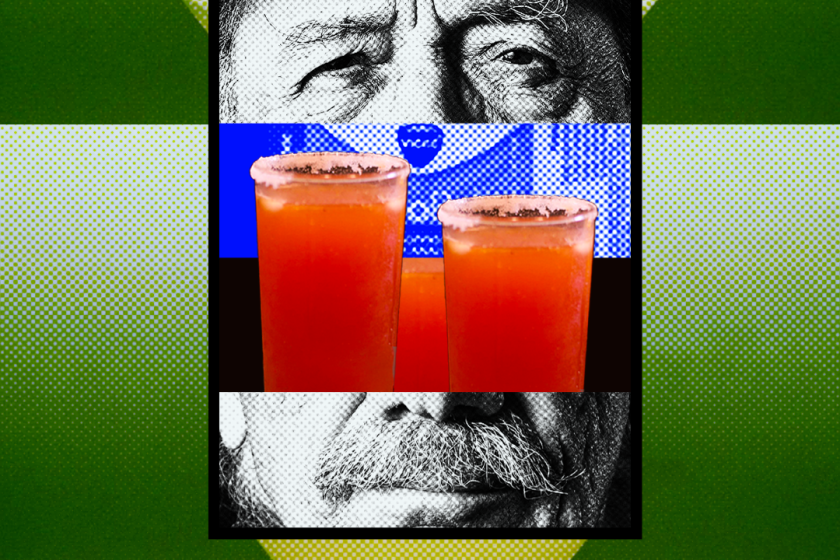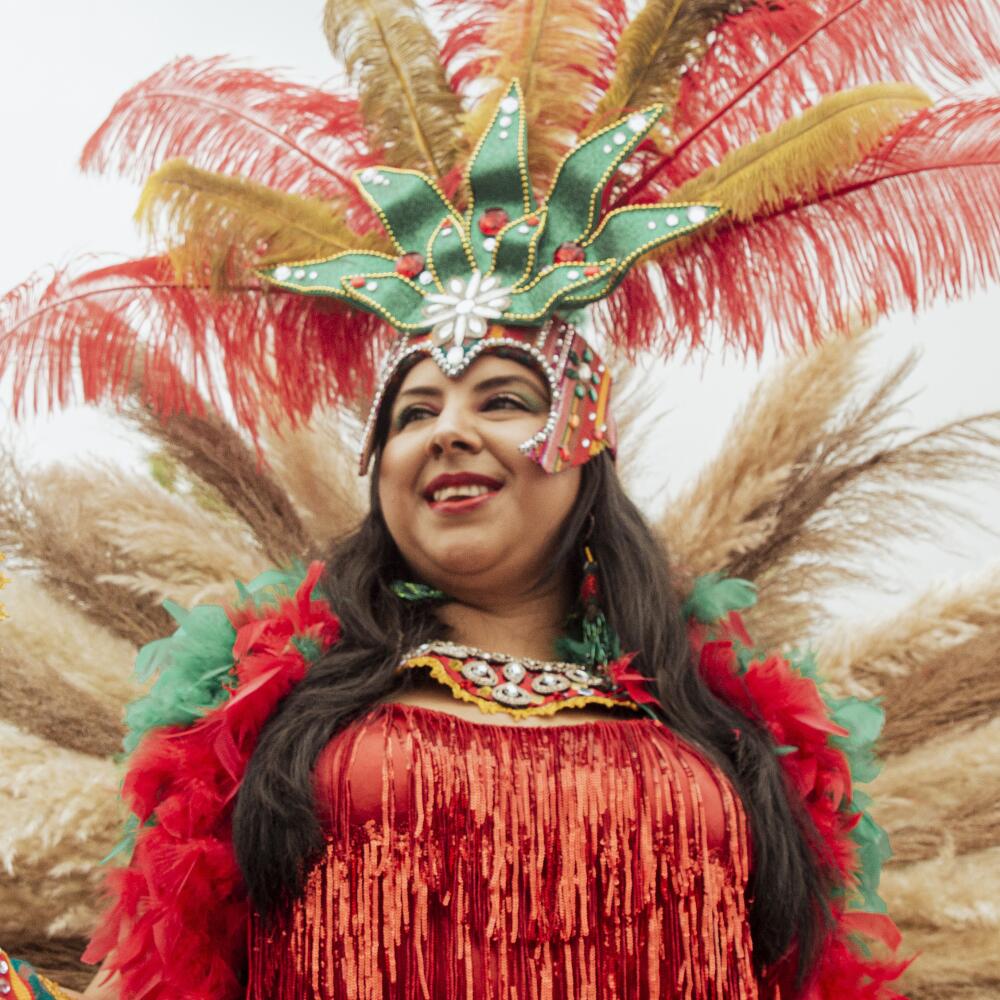
- Share via
The Mexican and Central American communities of Los Angeles celebrated the independence days of their countries over the weekend across the city with events brimming with food, music and plenty of pride.
El Grito
The celebrations kicked off Friday evening at City Hall in downtown Los Angeles, where more than 5,000 Angelenos gathered to commemorate the 81st annual El Grito celebration.
The exhibit, ‘¡De última hora! Latinas Report Breaking News,’ which opened Sept. 15 and will remain open until May 2025, is a bilingual experience at the Smithsonian’s National Museum of American History.
The event, hosted by Councilmember Monica Rodriguez, featured a reenactment of the “Cry of Dolores,” the famed call to arms by Catholic Priest Miguel Hidalgo y Costilla that led to Mexico’s war for independence from Spain in 1810. Among the officials ringing the bell were Rodriguez, Councilmember Eunisses Hernandez and L.A. Mayor Karen Bass.
Music filled Spring Street and the Gloria Molina Grand Park as Mariachi Las Colibrí, Banda Las Angelinas and Las Cafeteras performed.
For attendee Alejandro Carval of Lake Forest, the event was a good opportunity to ensure his children Cesar and Chantal don’t forget their heritage and culture.
Hispanic Heritage Month starts Friday, and this list covers all the things I would like to see happen in our communities and beyond.
“A lot of people don’t share with their kids,” he said. “I don’t want my kids to lose it. We have to pass it on, the music, the food, the history. I teach them about Mexican history because they are not going to learn it in school.”
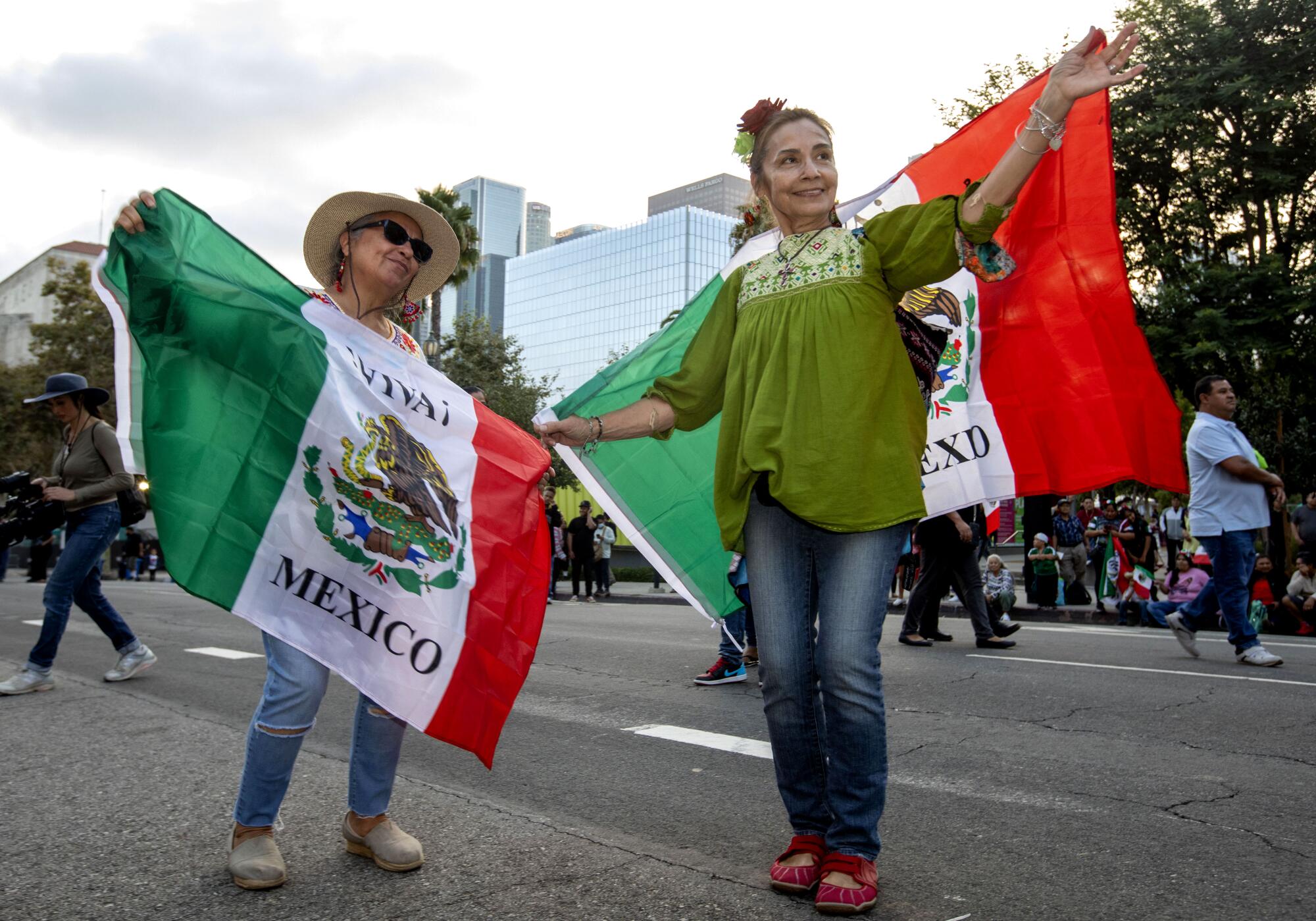
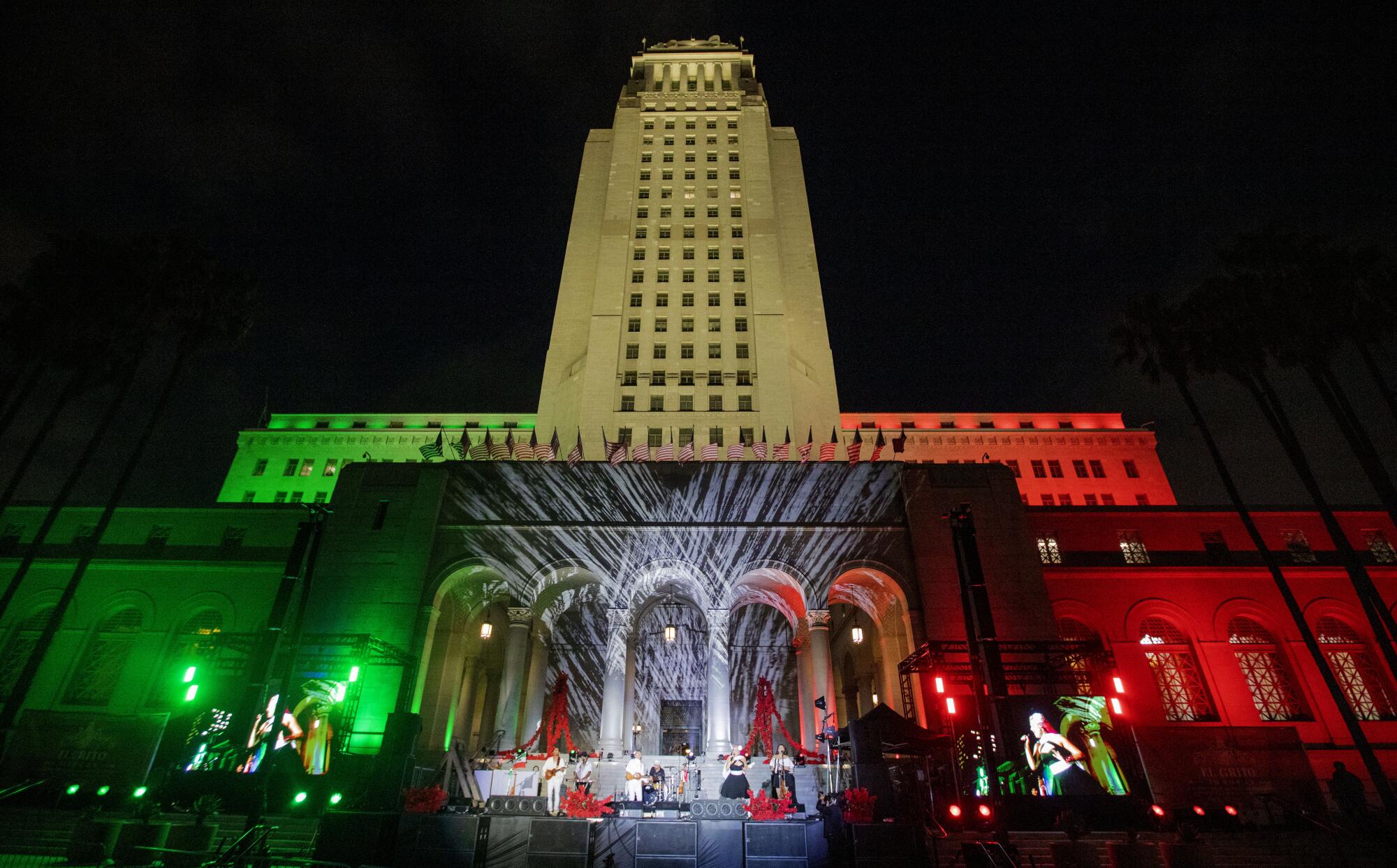
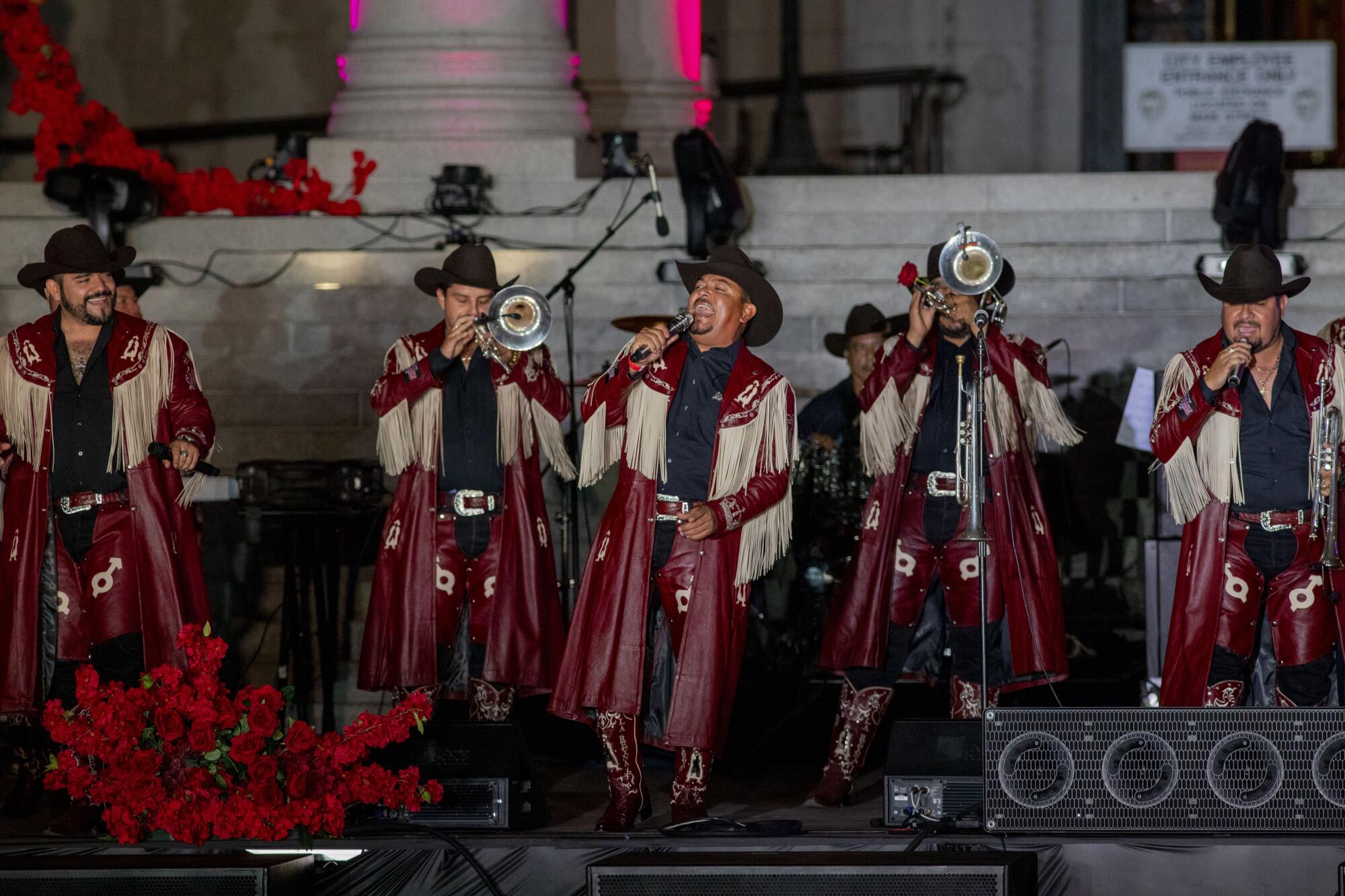
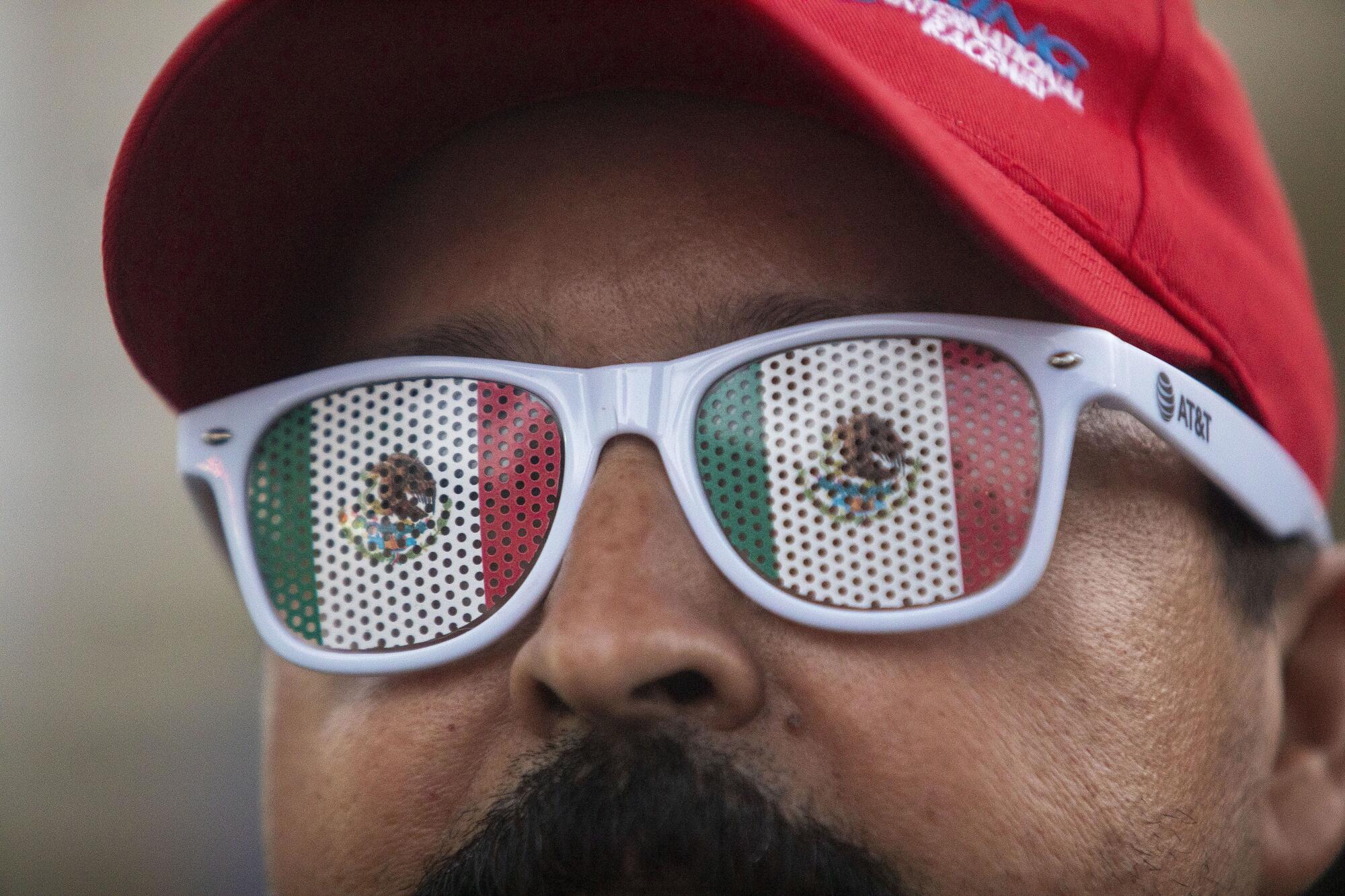
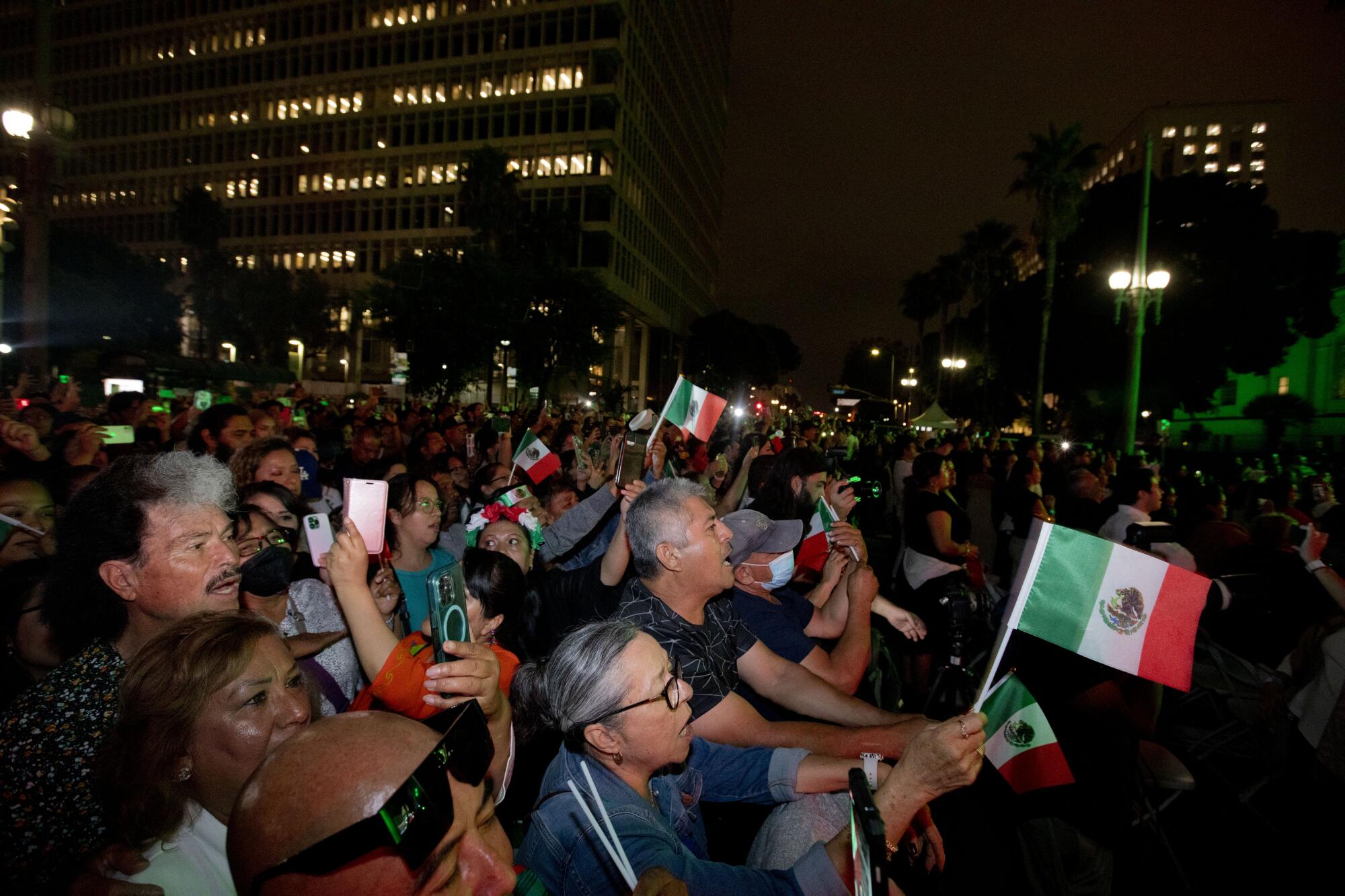
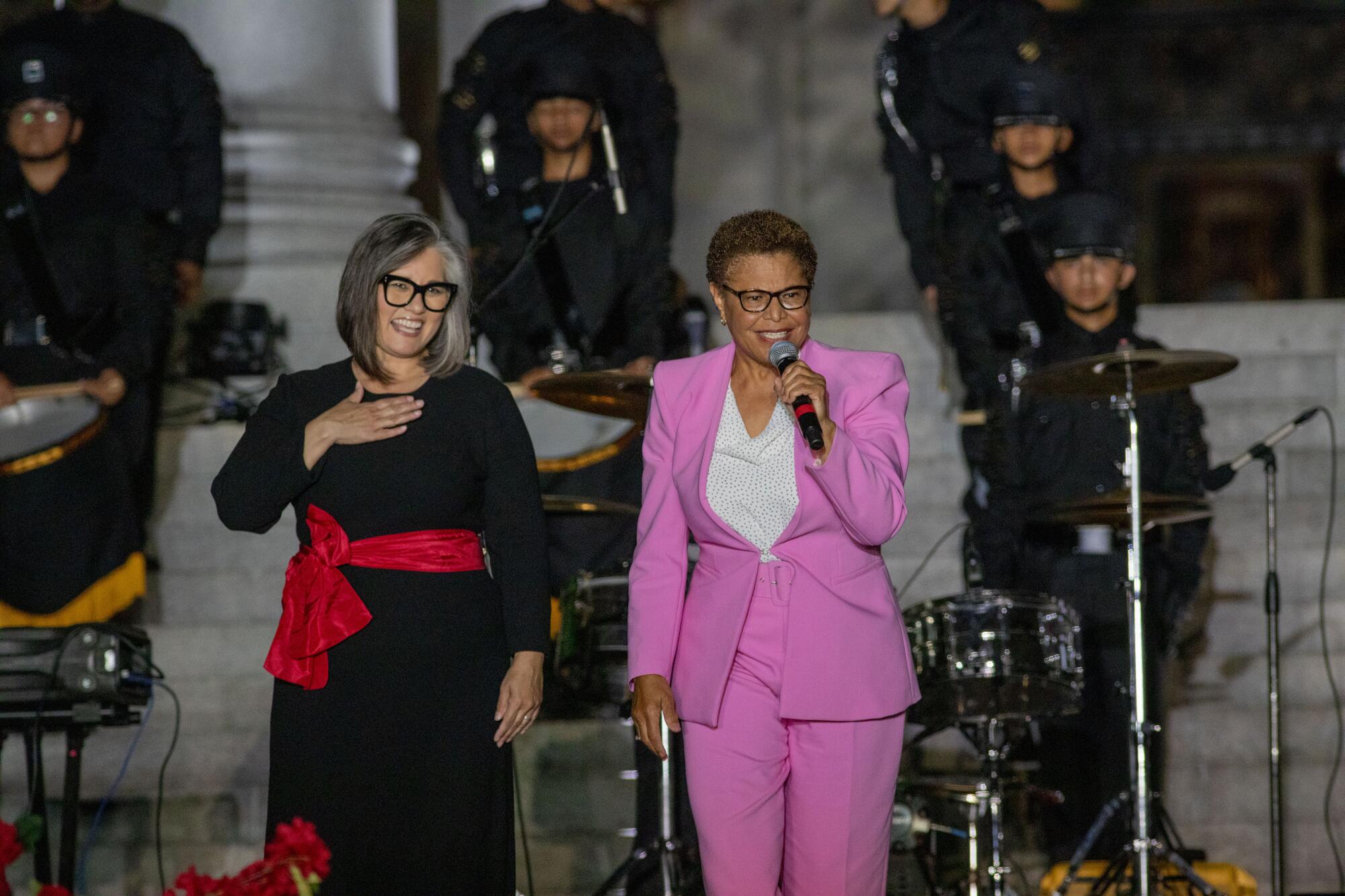
Central American Independence Day Festival
Many Central Americans celebrated their independence on Saturday and Sunday.
Costa Rica, El Salvador, Guatemala, Honduras and Nicaragua declared independence from Spain on Sept. 15, 1821. Los Angeles celebrated with the two-day Central American Independence Day Festival held at MacArthur Park.
The festivities were punctuated by a parade on Sunday, which kicked off at the corner of West Pico Boulevard and South Vermont Avenue, moved through Pico-Union, also known as Little Central America, and ended at MacArthur Park.
The festival is hosted annually by the Central American Festival Committee.
Benjamin Posada, committee president and an immigrant from El Salvador, says it takes his organization almost a year to prepare for the event — from ensuring it has the proper permits to securing sponsors — but that it’s well worth it.
“To represent El Salvador in another country is to be proud of where we came from,” he said. “We are here. We are alive. And we are stronger.”
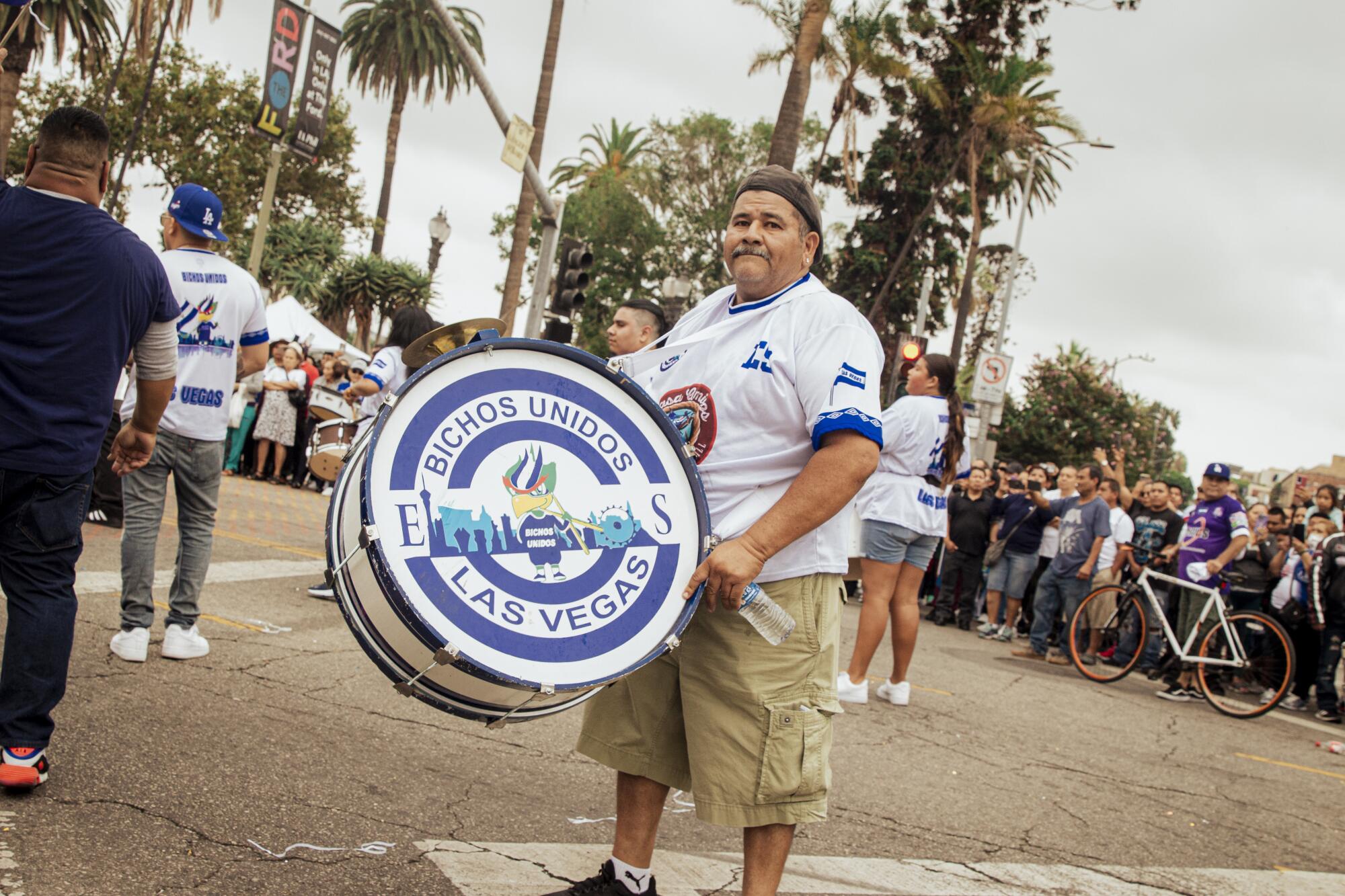
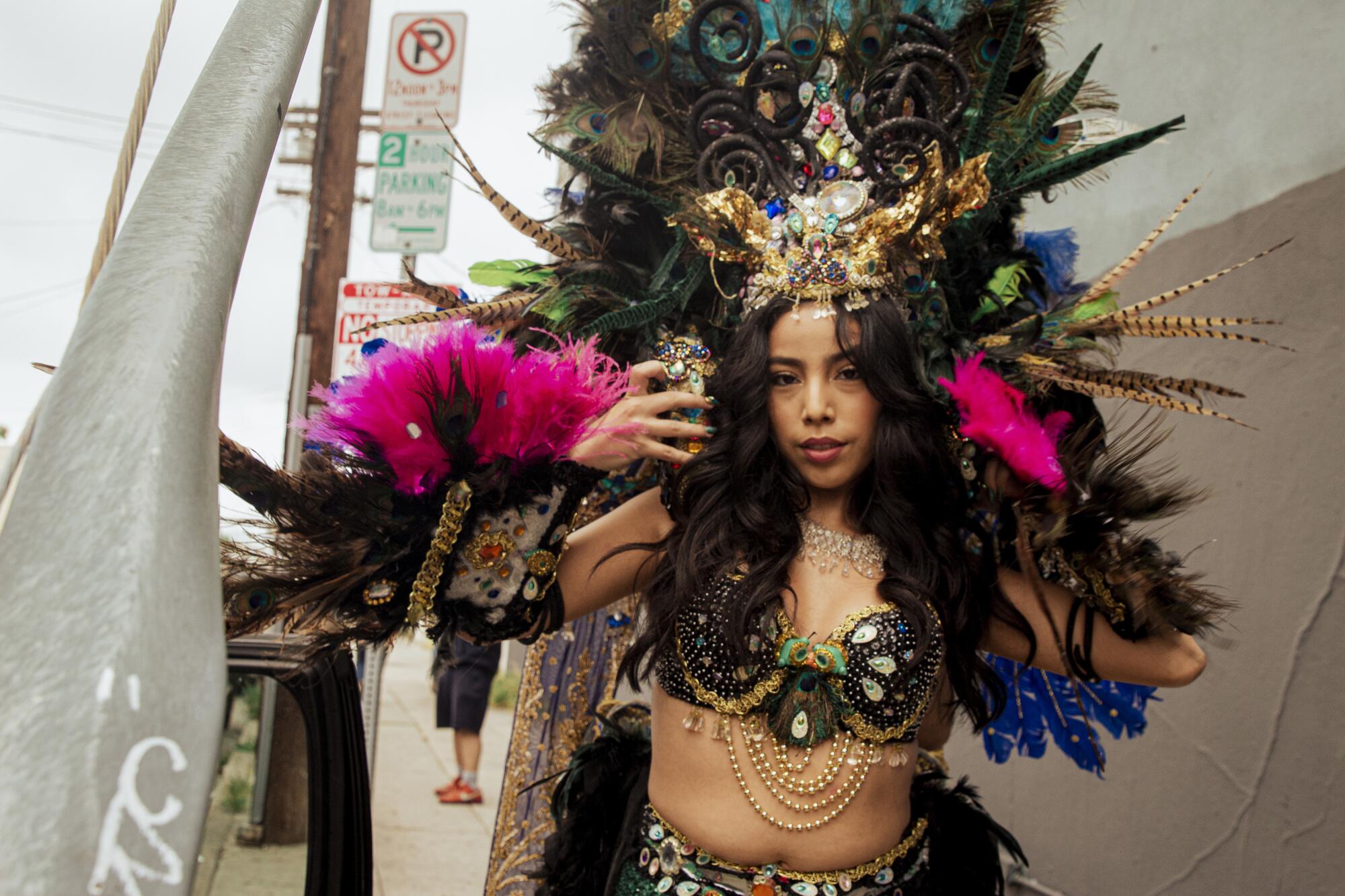

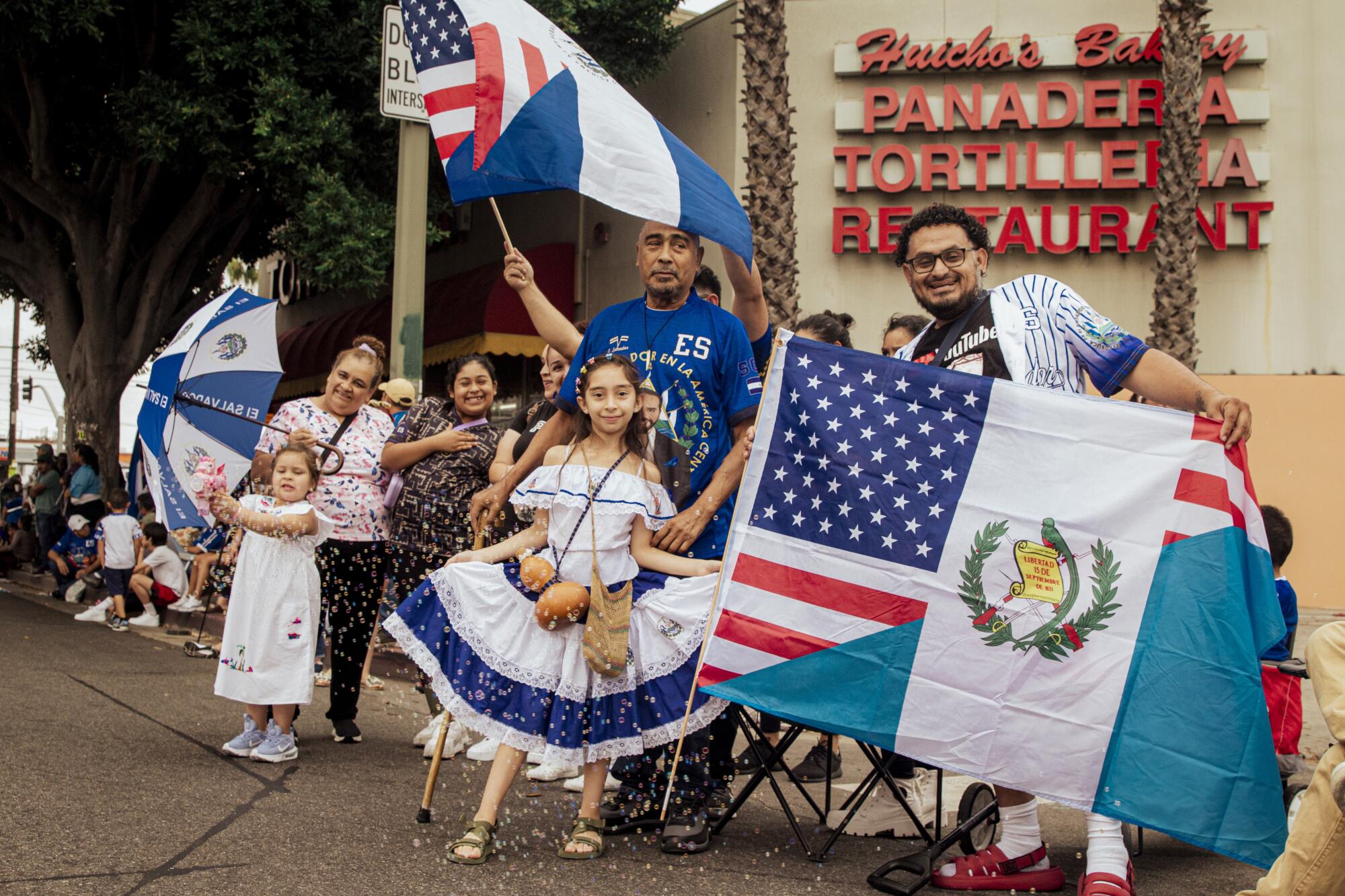
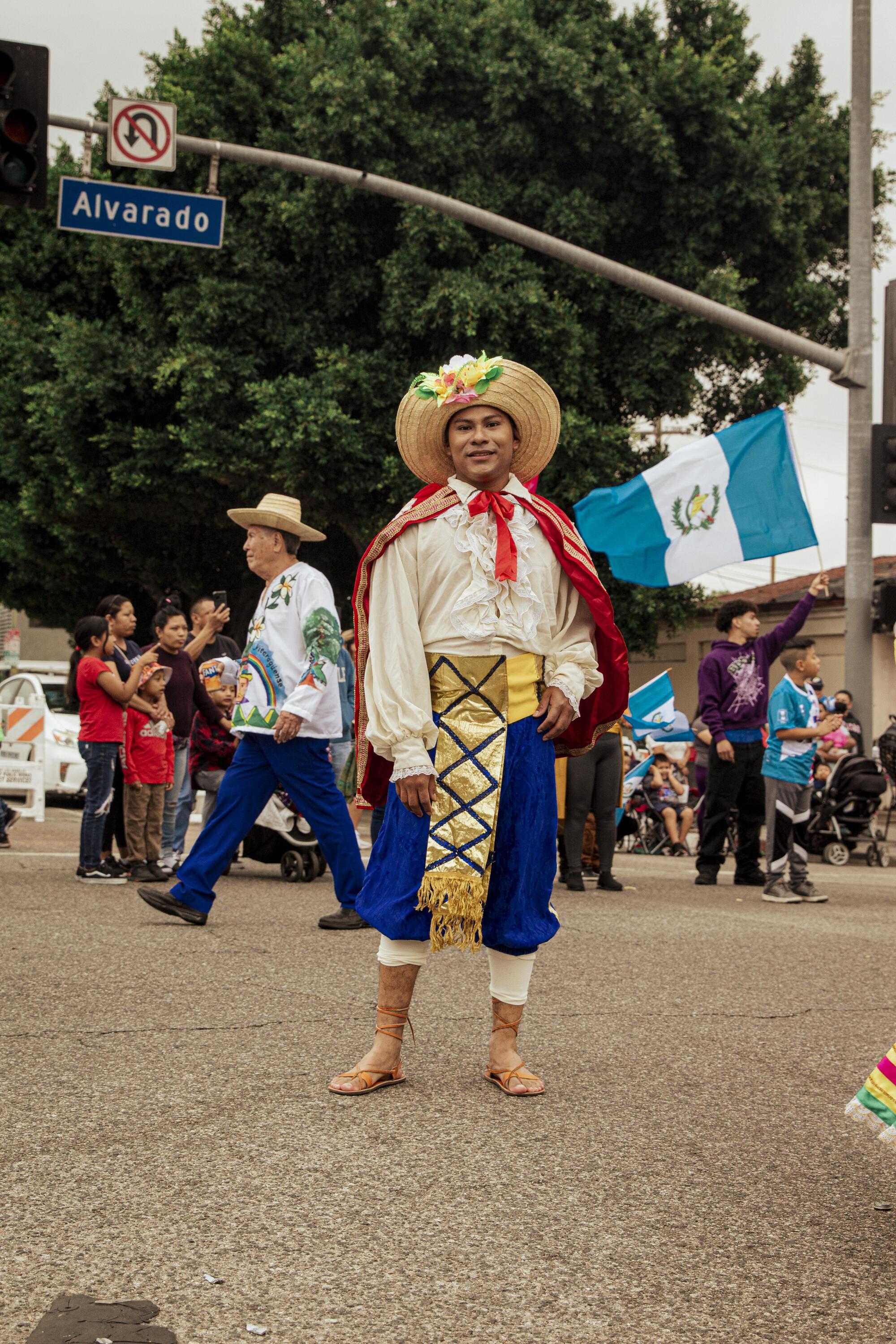
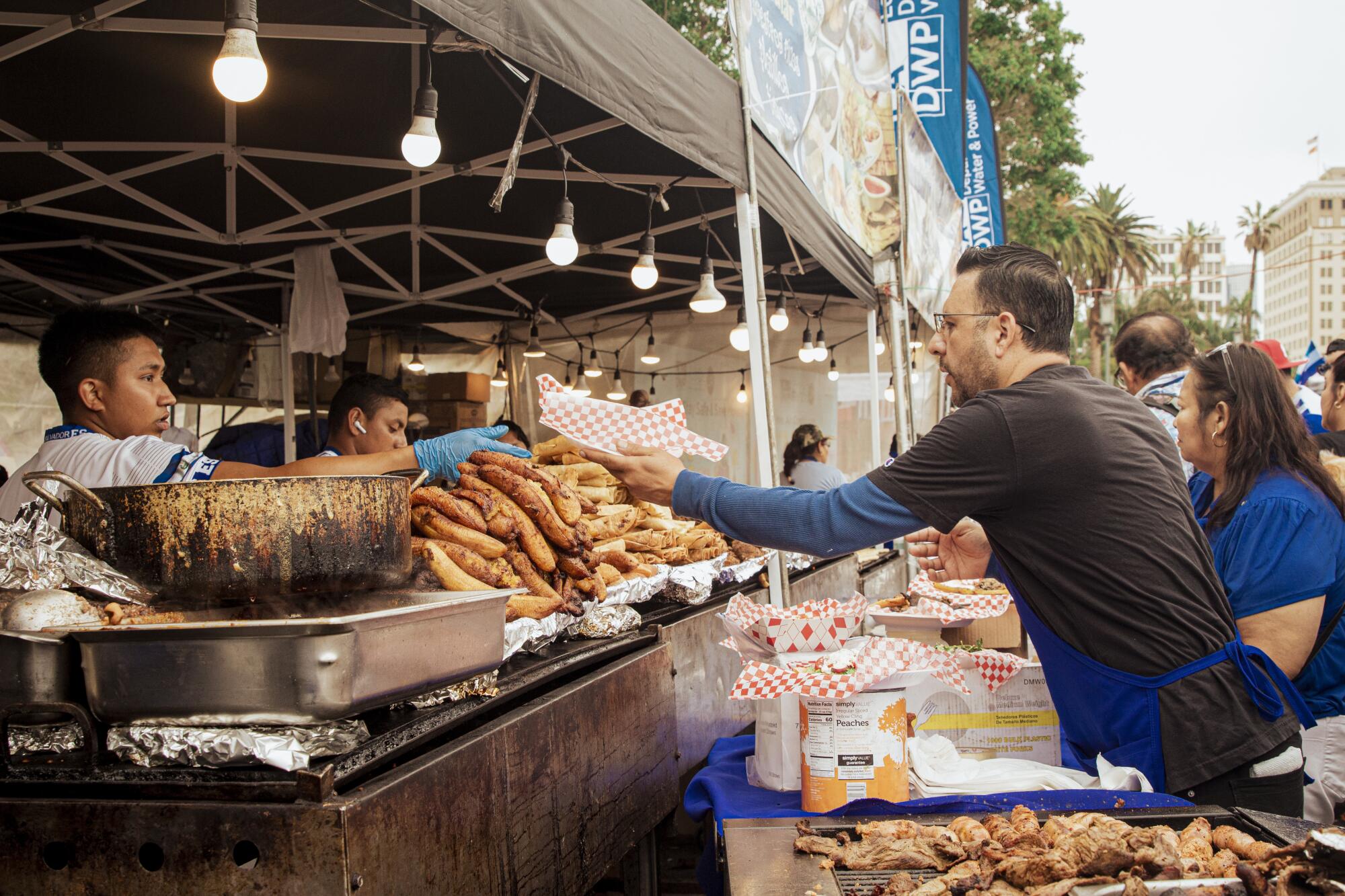
More to Read
The Latinx experience chronicled
Get the Latinx Files newsletter for stories that capture the multitudes within our communities.
You may occasionally receive promotional content from the Los Angeles Times.


